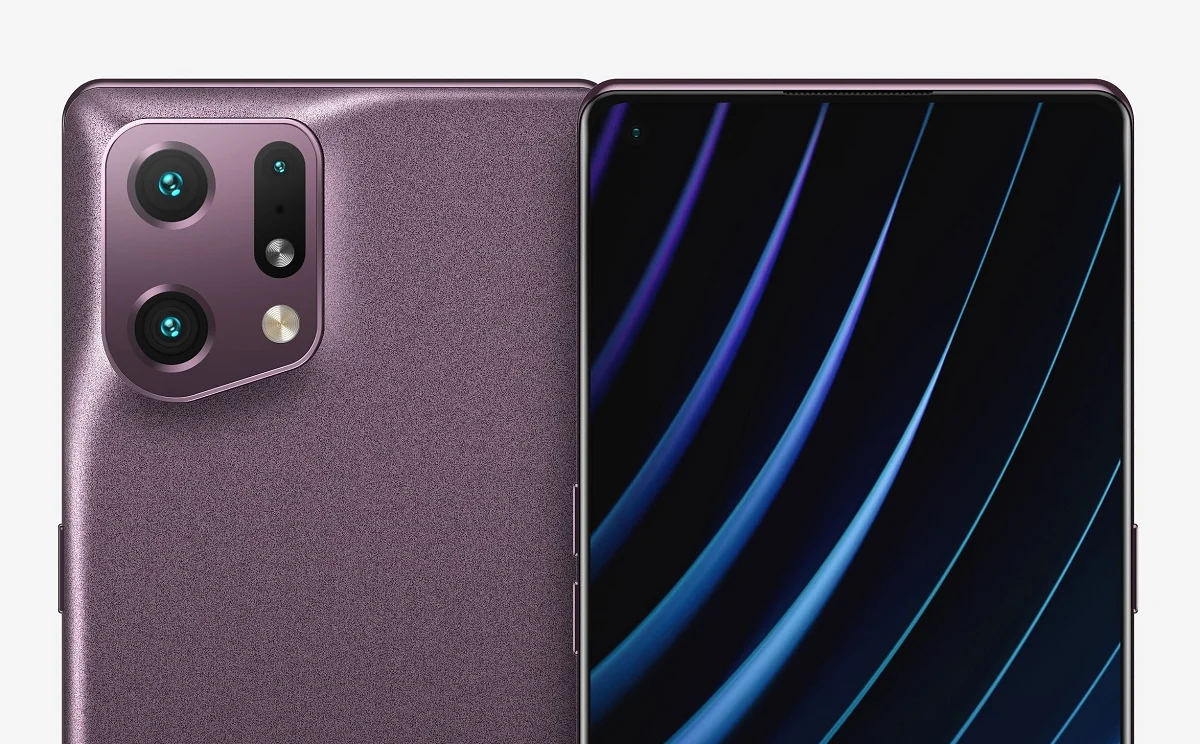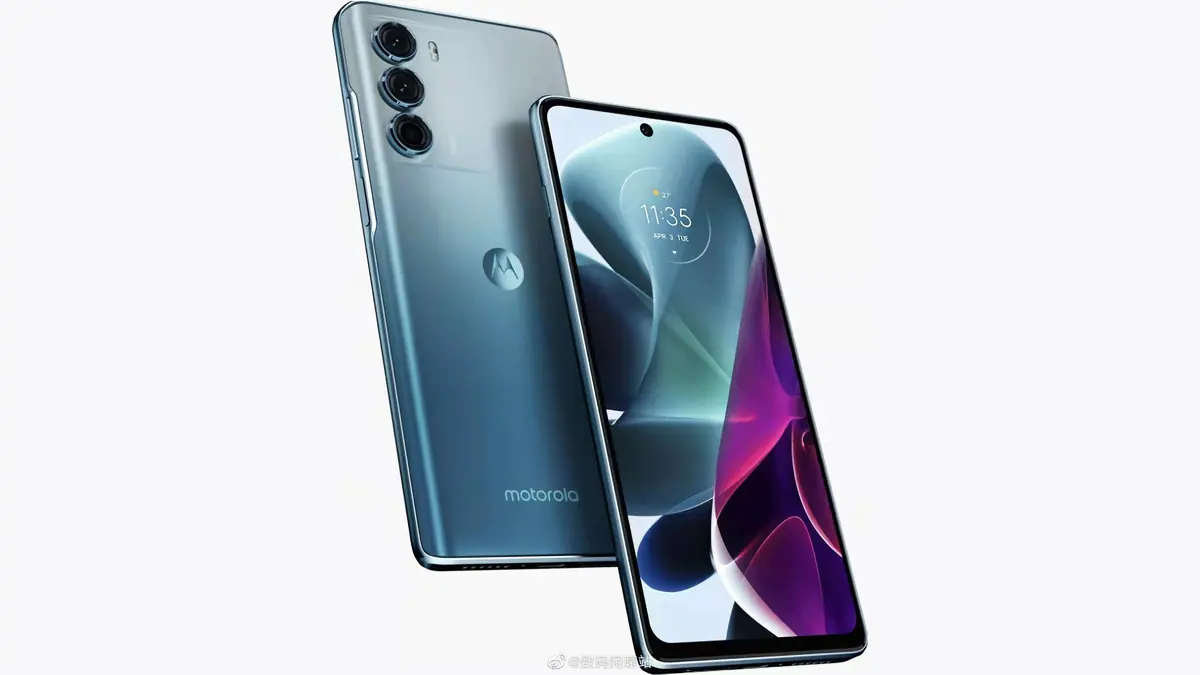Google is not convinced that Android is based on the Linux kernel. This creates dependencies and above all the impossibility of being the mistress of their own mobile platform, and Mountain View has been preparing its plan B for a long time. to get rid of linux.
This plan B was called Fuchsia, the operating system that we saw earlier on the Nest Hub and something interesting was discovered: the project took a new path: one that is particularly promising for Google and this Based on a very special component called Starnix.
A new way to support Android (and Linux) apps
The development of Fuchsia has been taking place in a top secret background for about five years. There is almost no news about this platform. It is considered a great replacement for Android.
Google rarely shared information about the project, but gradually, despite the secrecy can be fuchsia One of Google’s great revolutions.
One of the major obstacles to replacing Android with Fuchsia is offering support for Android apps. and also for Linux applications.
At Google, they explored various alternatives based on the use of virtualization – for example, this is the way Chrome OS supports Android apps – or create execution layer With an ‘Android Runtime’ designed for fuchsia-based devices.
This last option was discovered in 2018 and seemed like the strongest option To offer such support, but now this code has been completely removed from the Android Open Source Project (AOSP) and it seems clear that this option is not available.
The witness took it A new component called Starnix This was proposed in March 2021 as a way to run “unmodified Linux programs” directly on Fuchsia.
Starnix takes care of translating low-level instructions that the Linux kernel expects. What the Fuchsia Zircon micro-core expects. Since work on this project began a year ago, significant progress and significant milestones appear to have been achieved.
For example, a command console was created last summer (a shell) test was a small Android distribution included in the Fuchsia system, and this option was later Ability to access Fuchsia and Starnix features with the adb commandLike when connecting Android devices with USB debugging mode enabled.
As such, work is progressing and Fuchsia is poised to offer native support for Android and Linux apps, but it doesn’t seem to depend on the kernel of the latter OS. This is where Starnix is starring.and it will be interesting to see how far this new road will take us. For now, yes, it’s still time to be patient.













